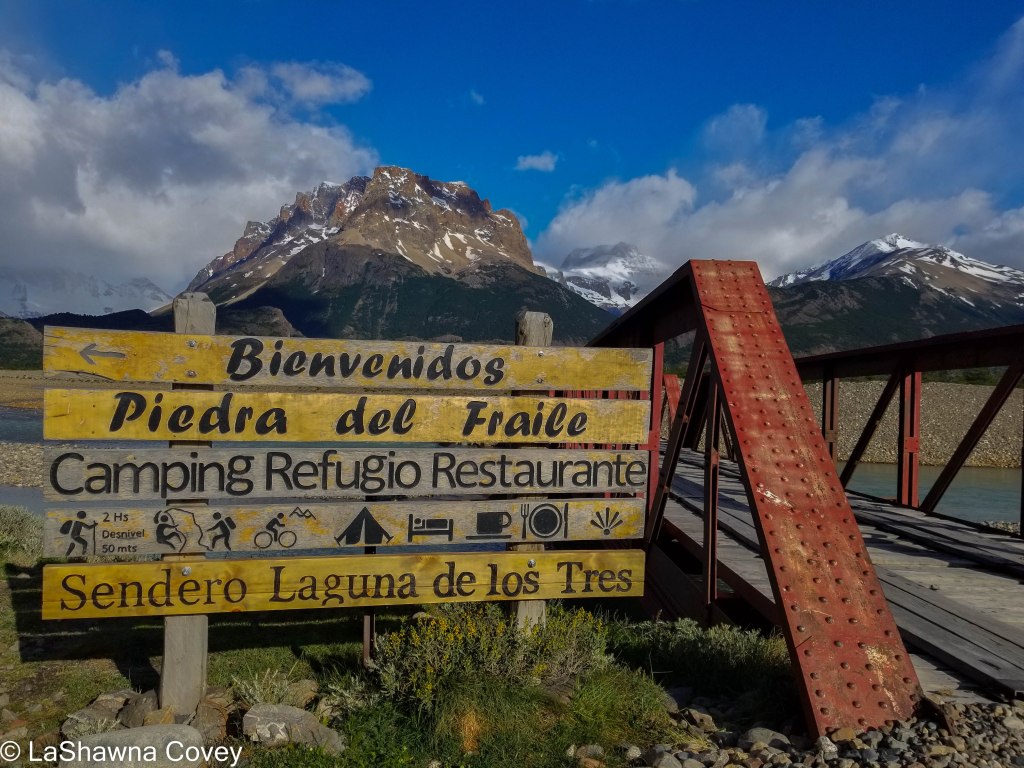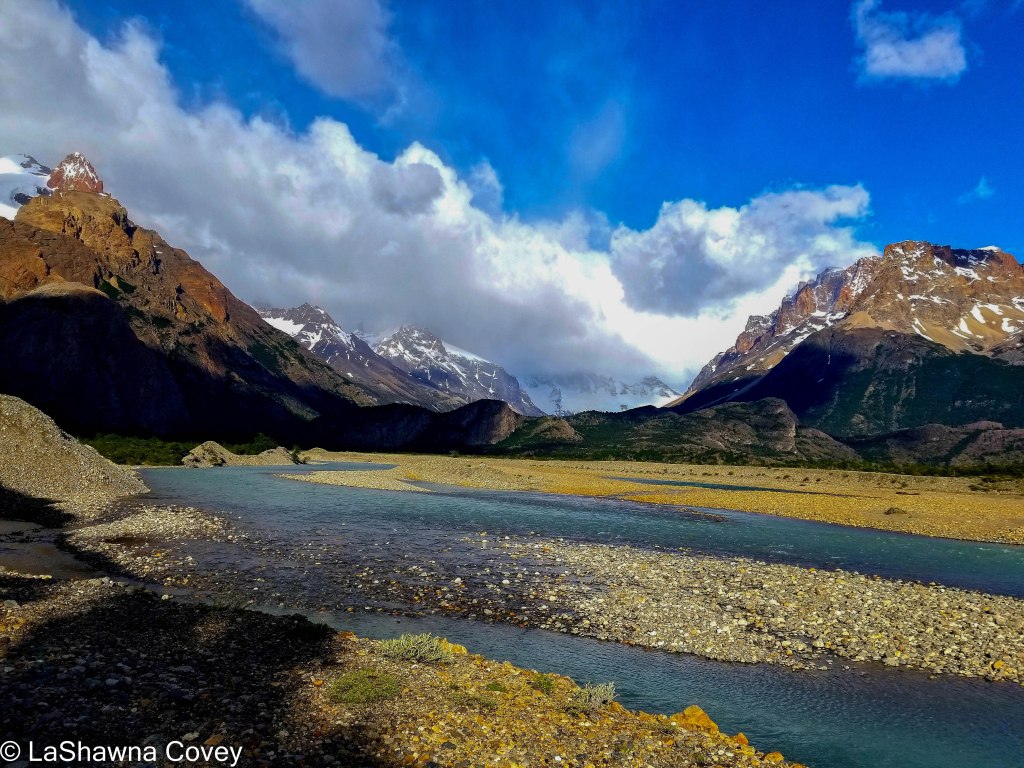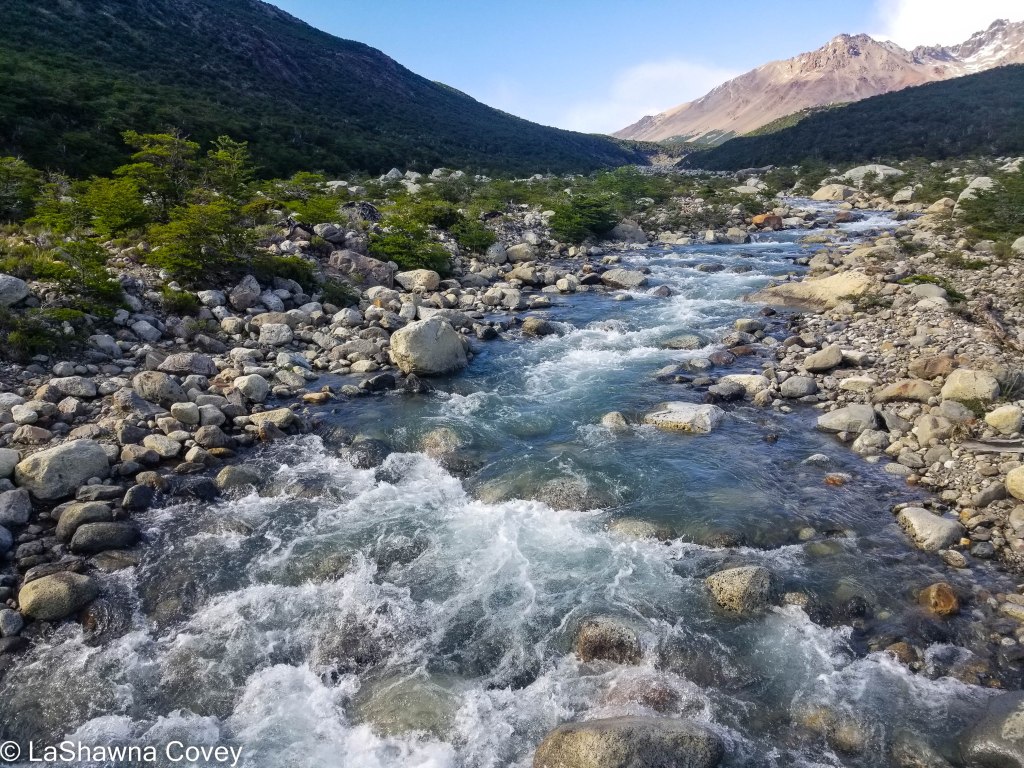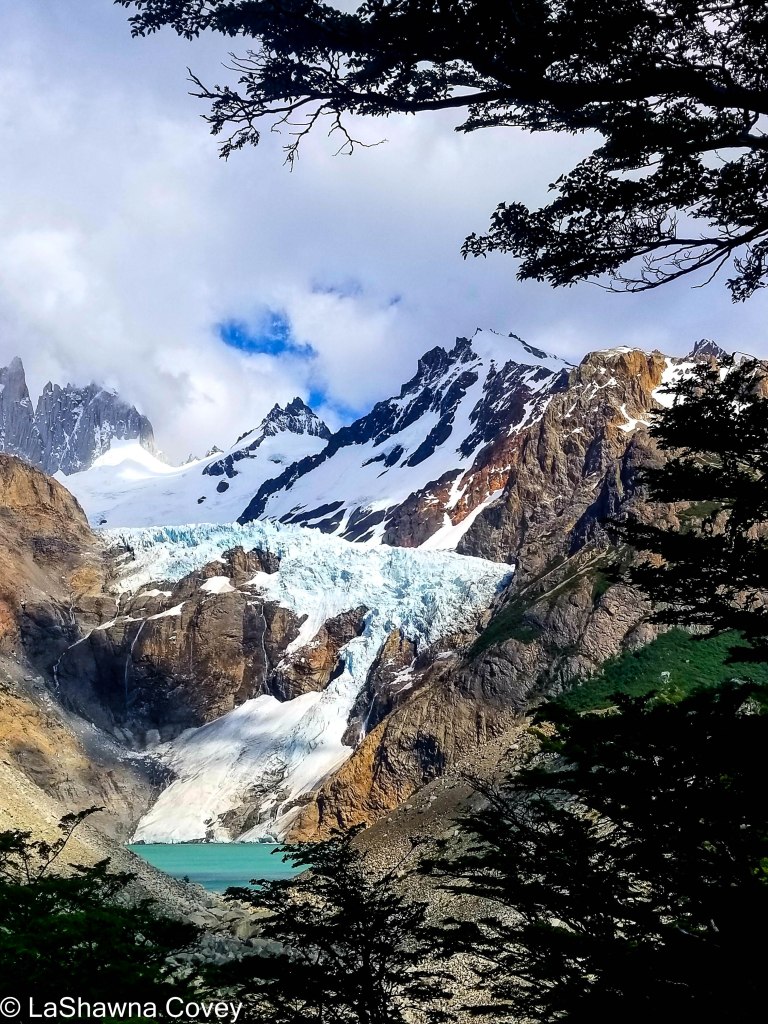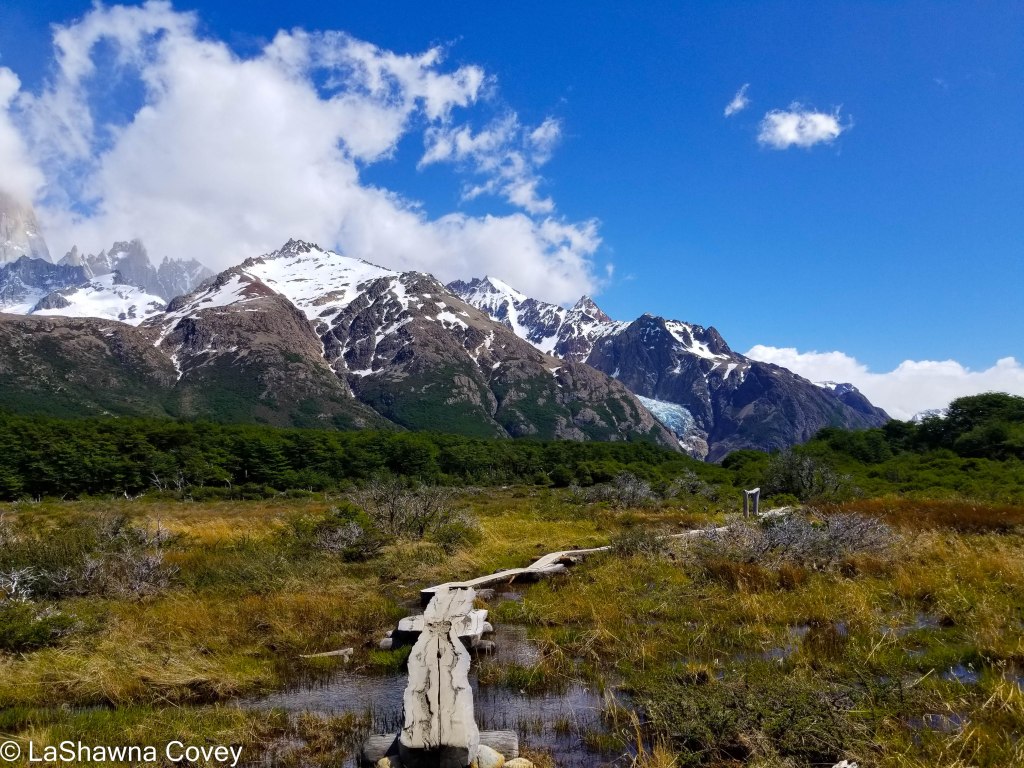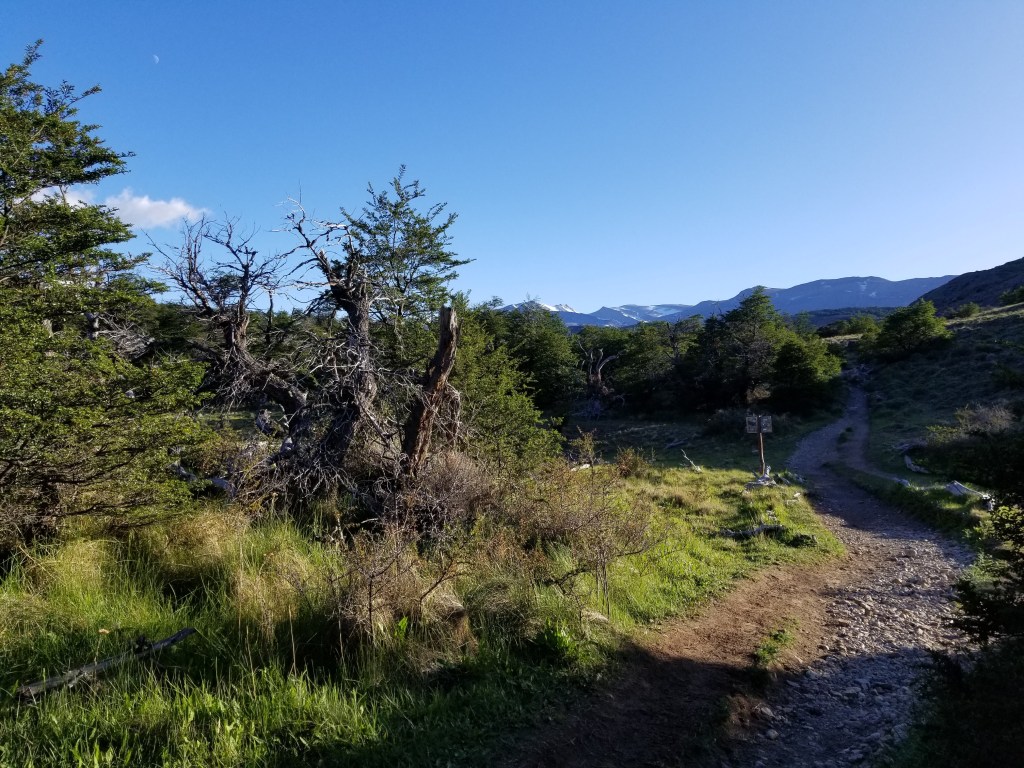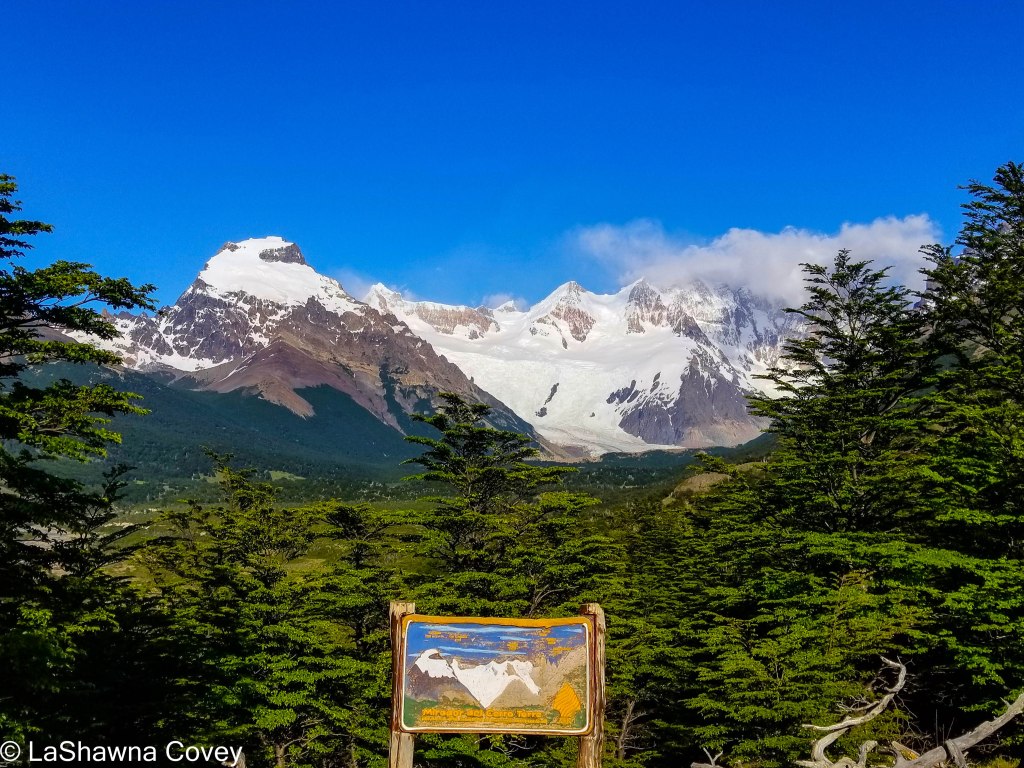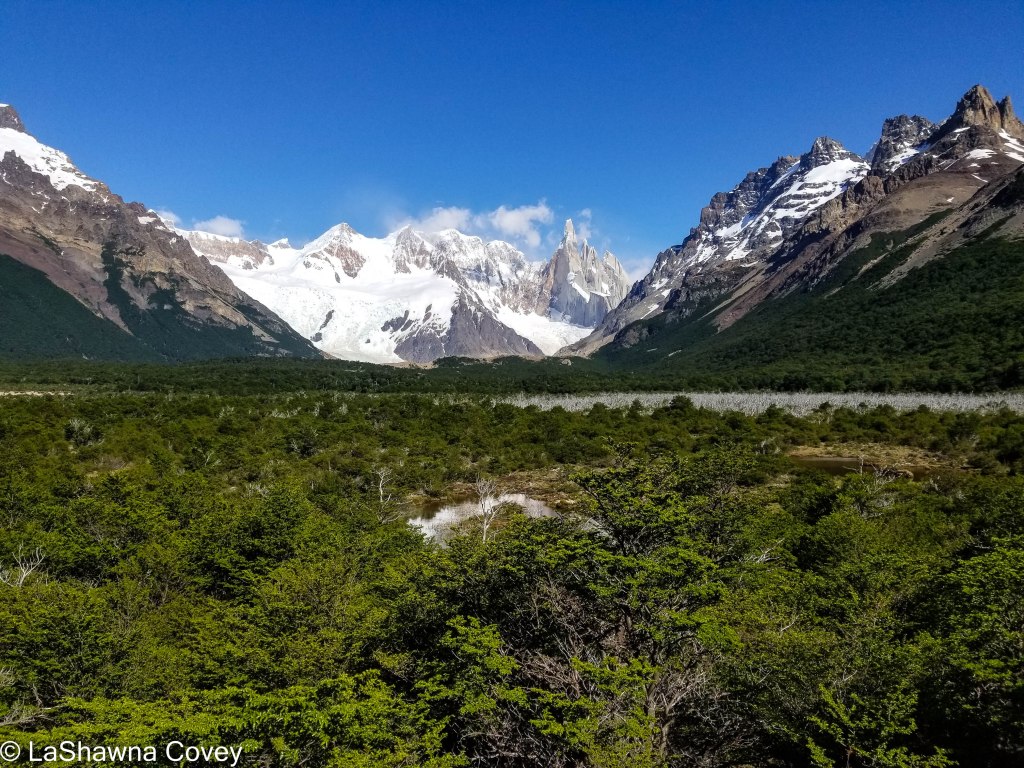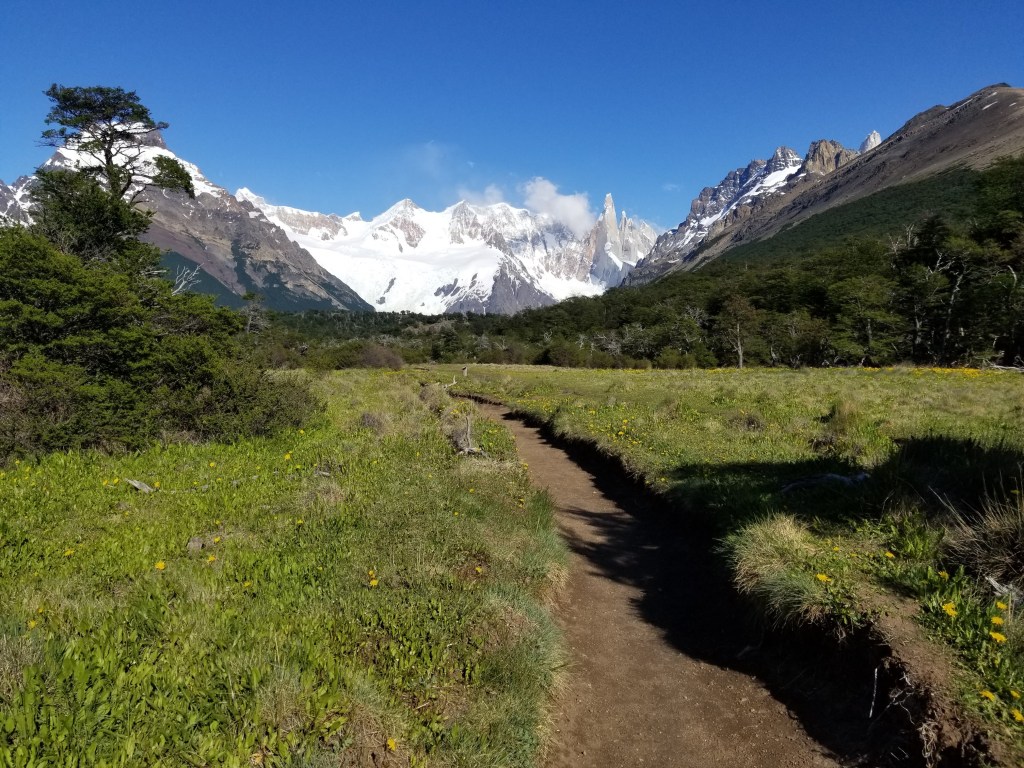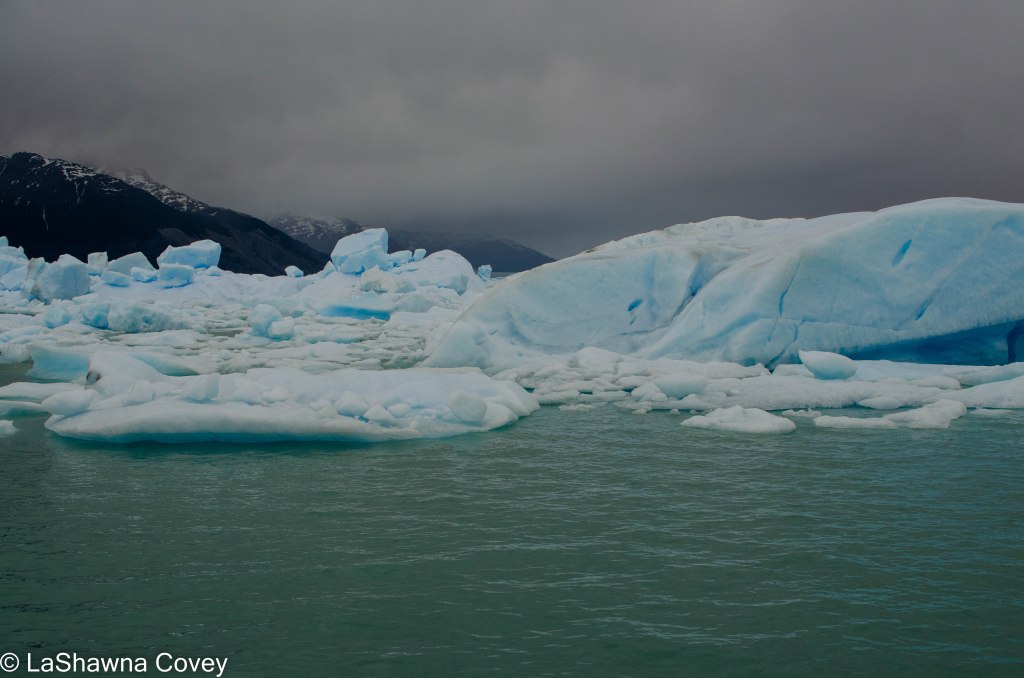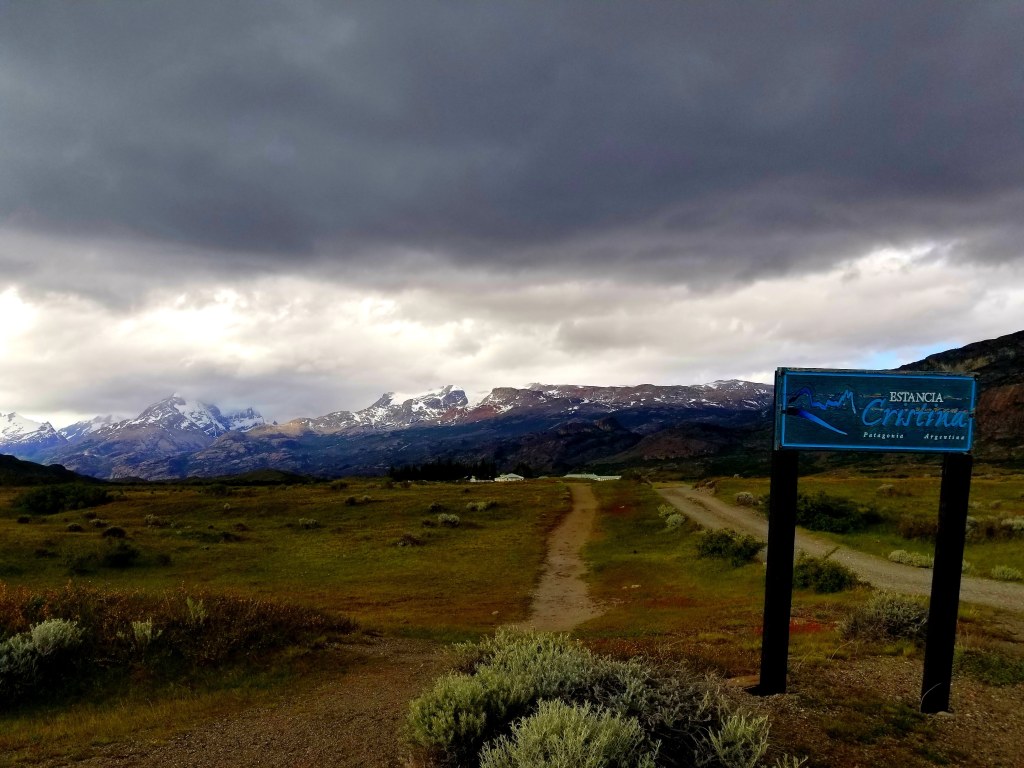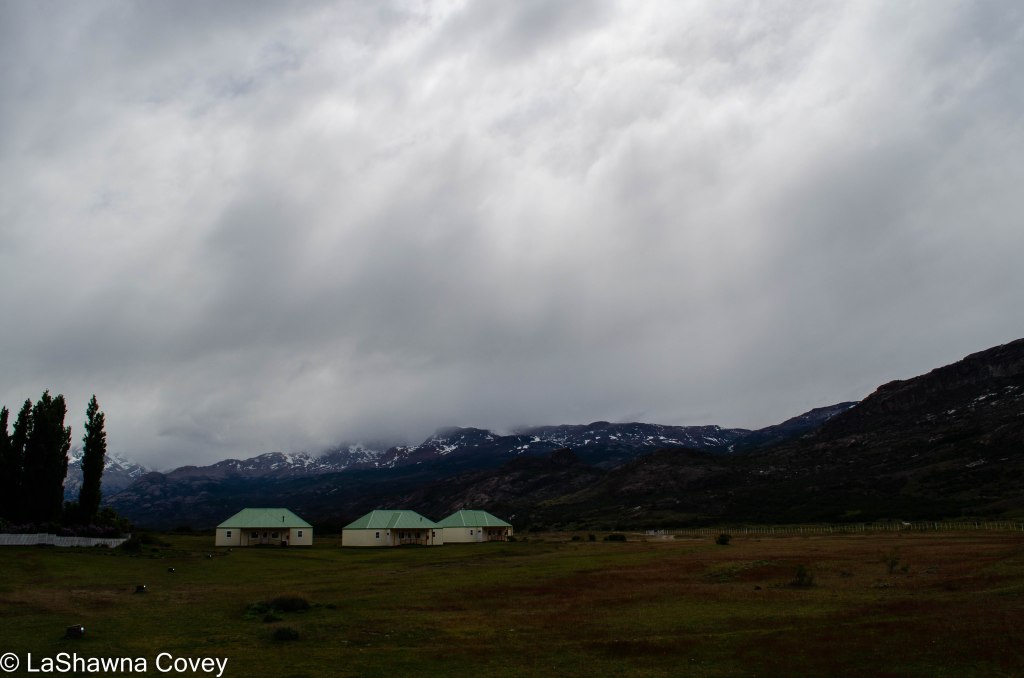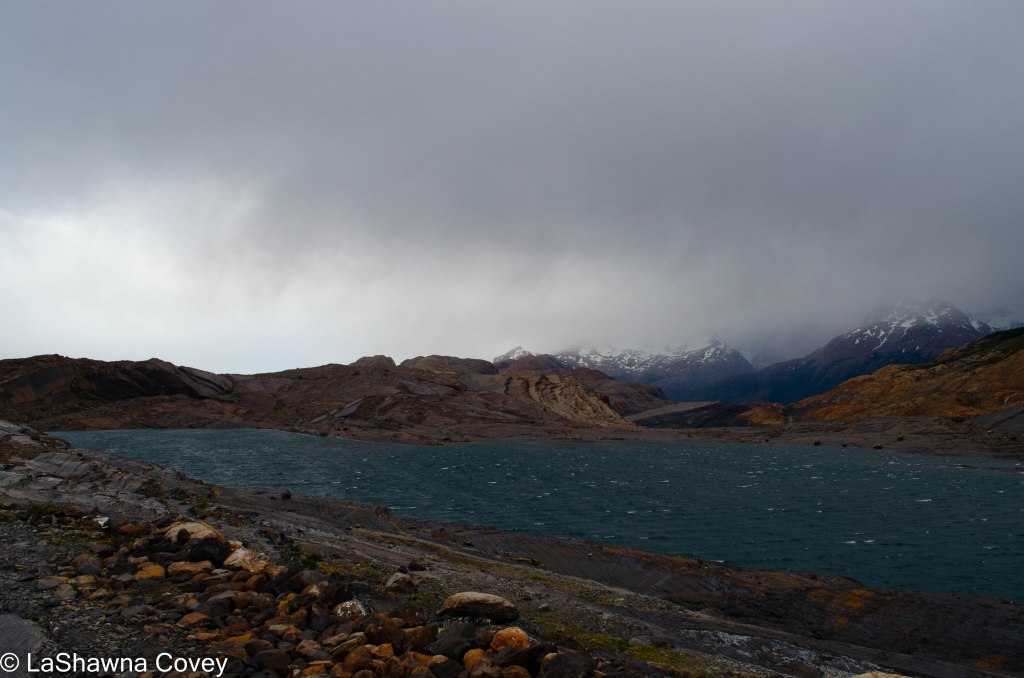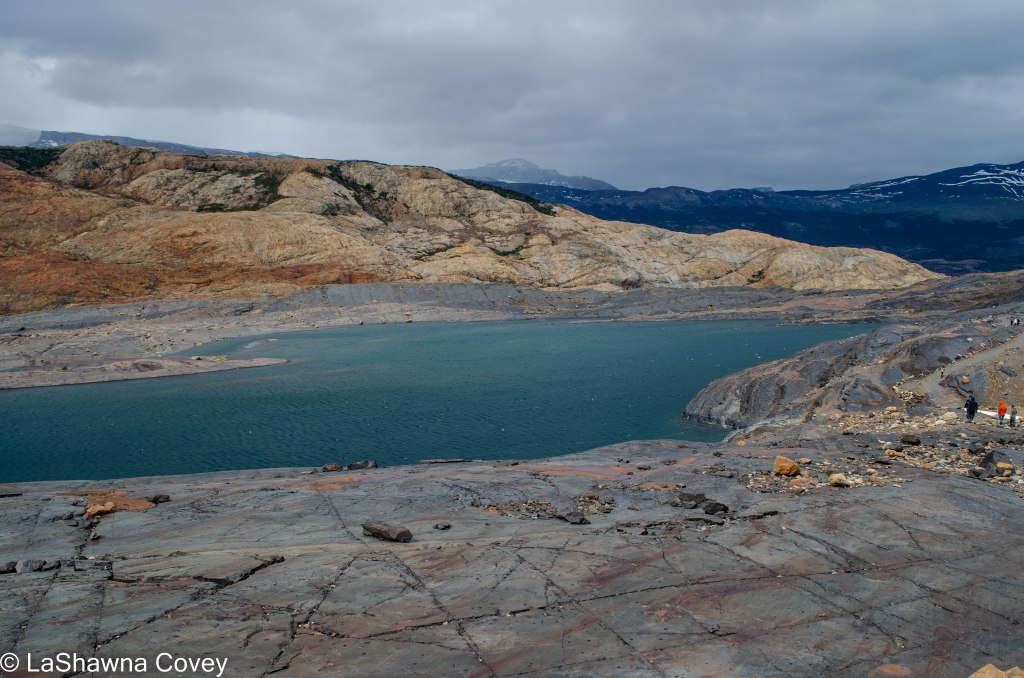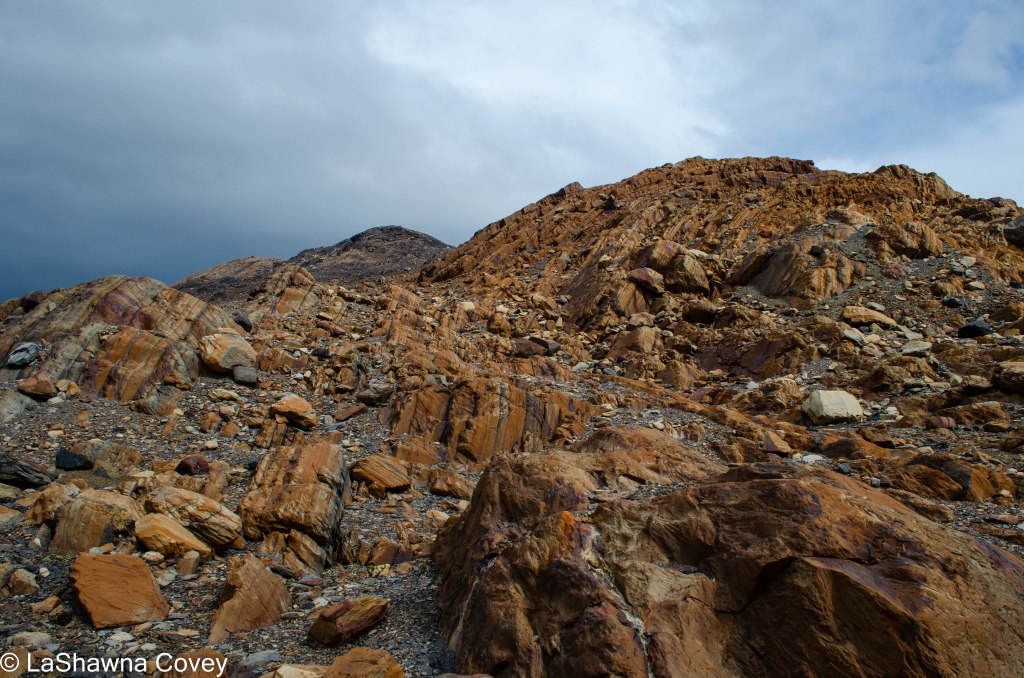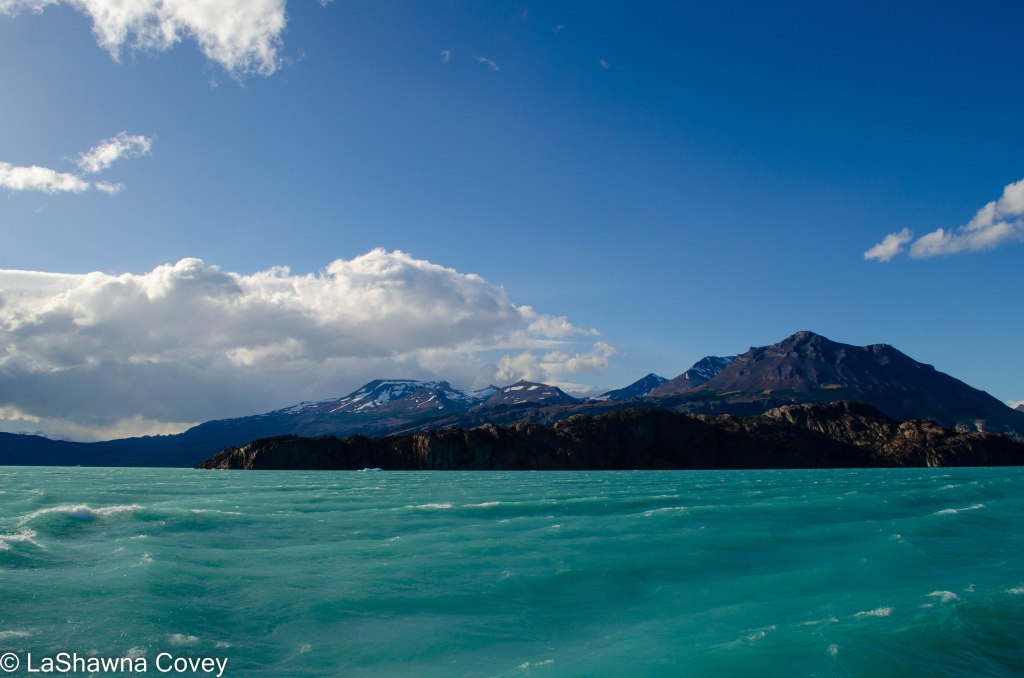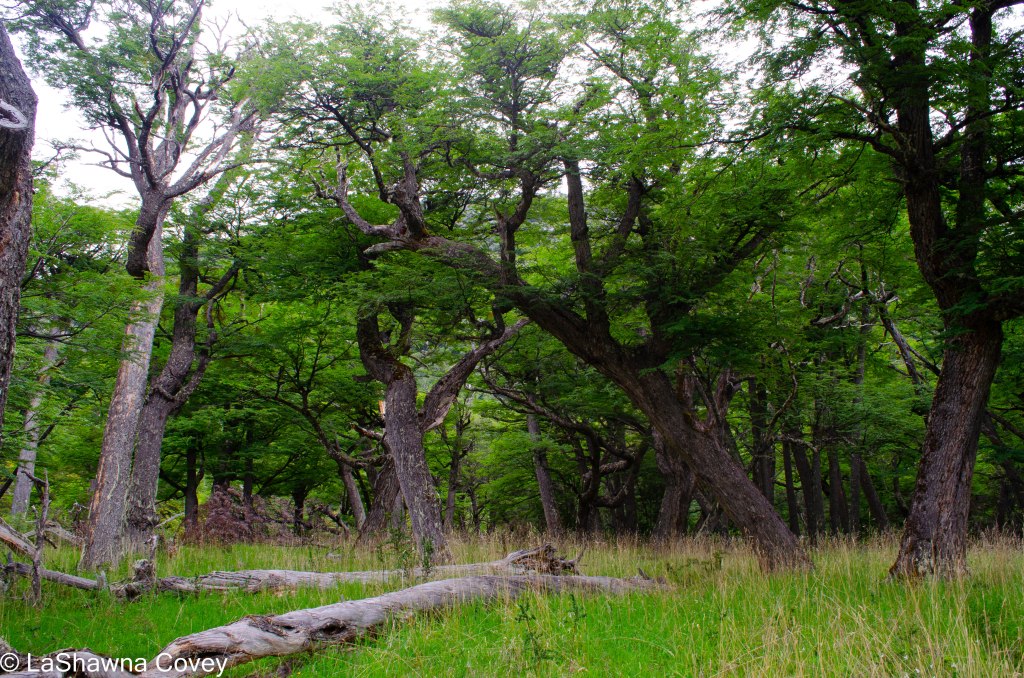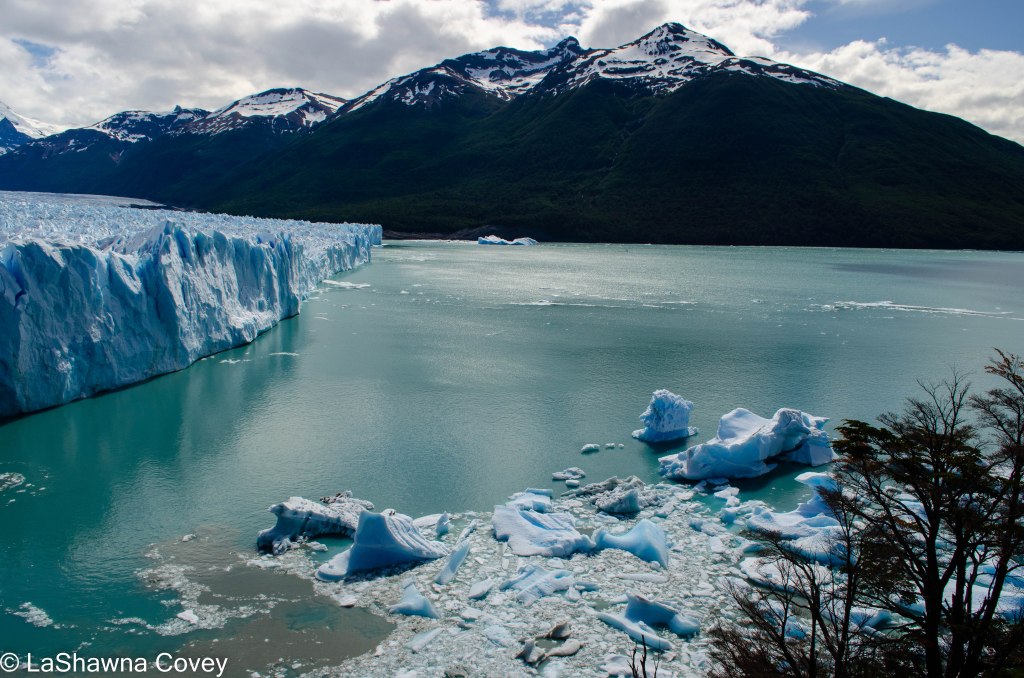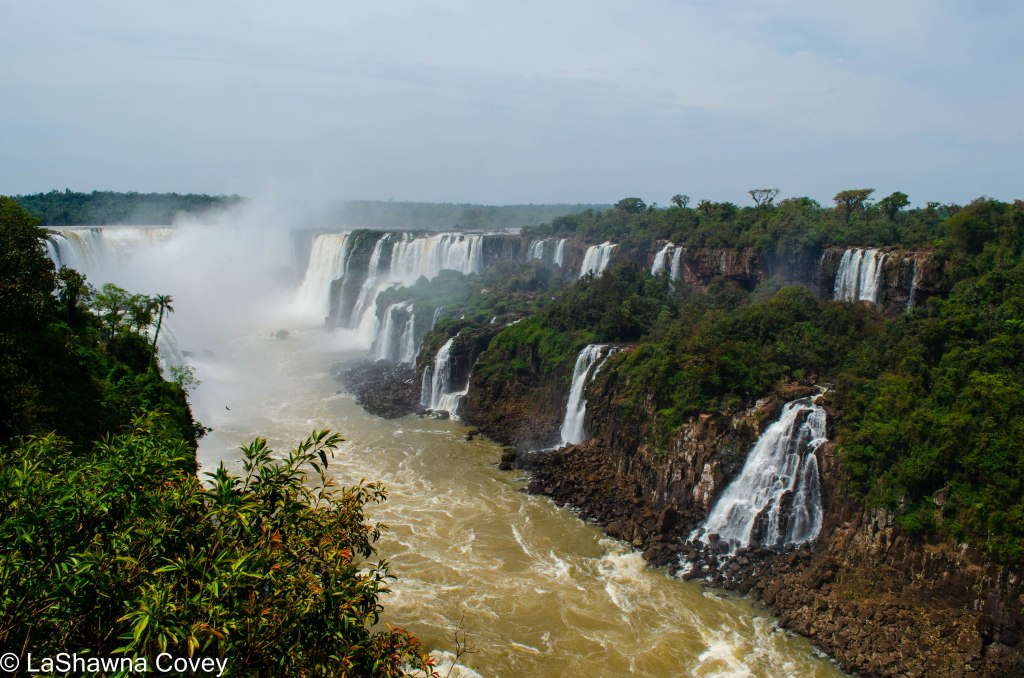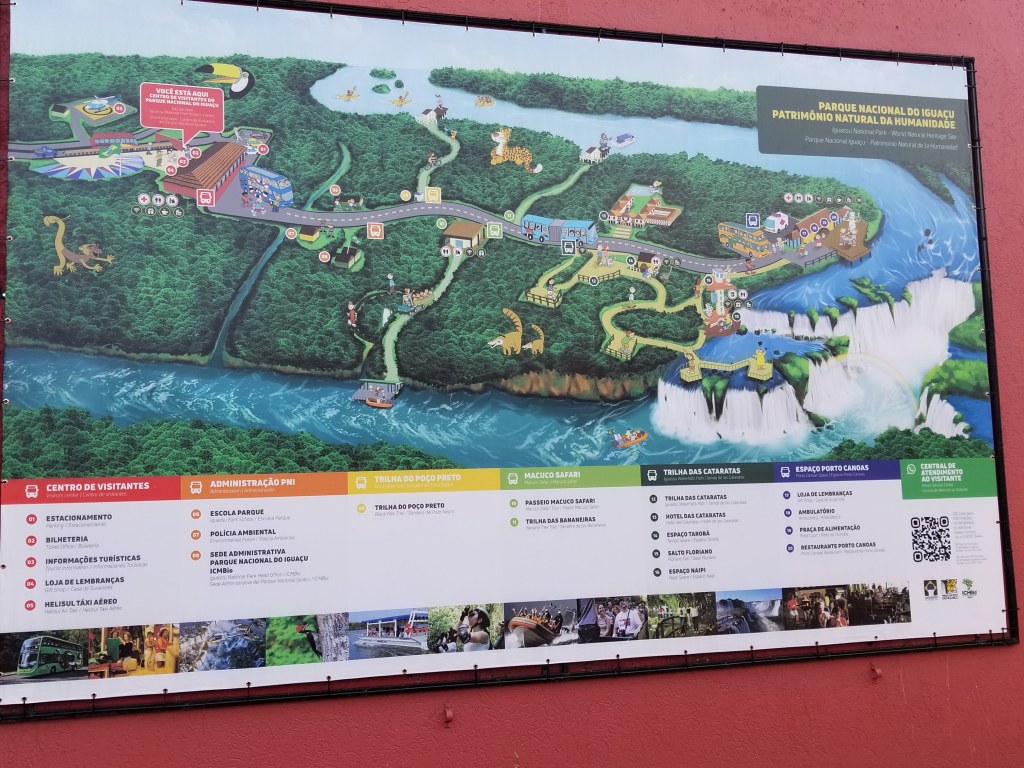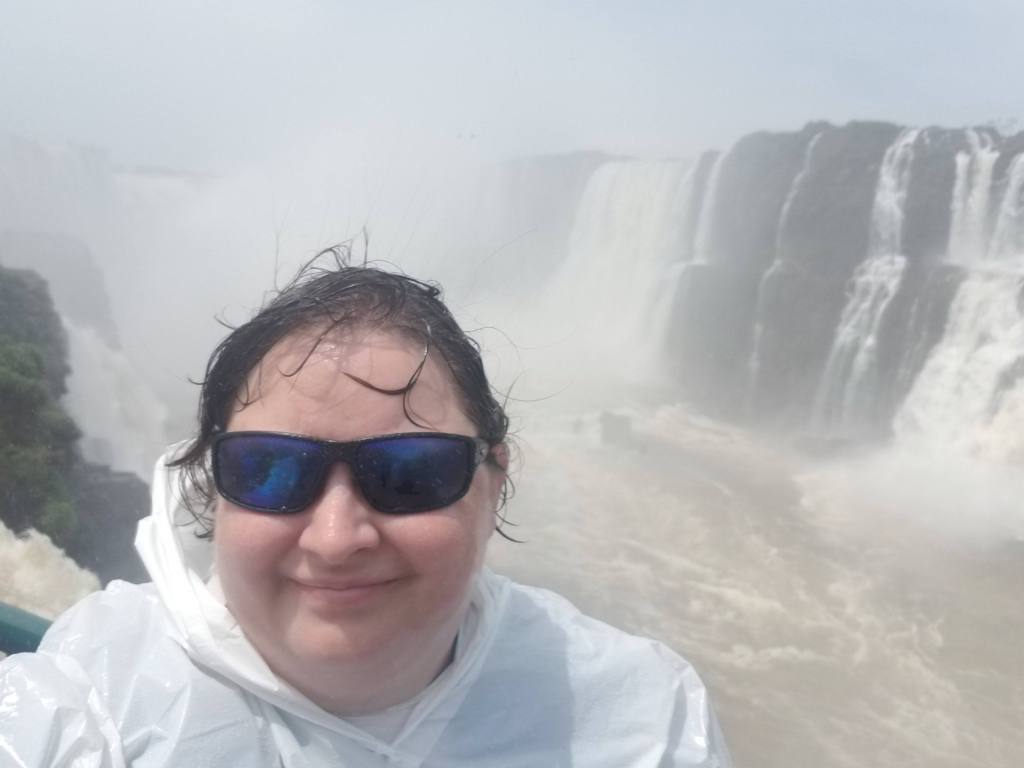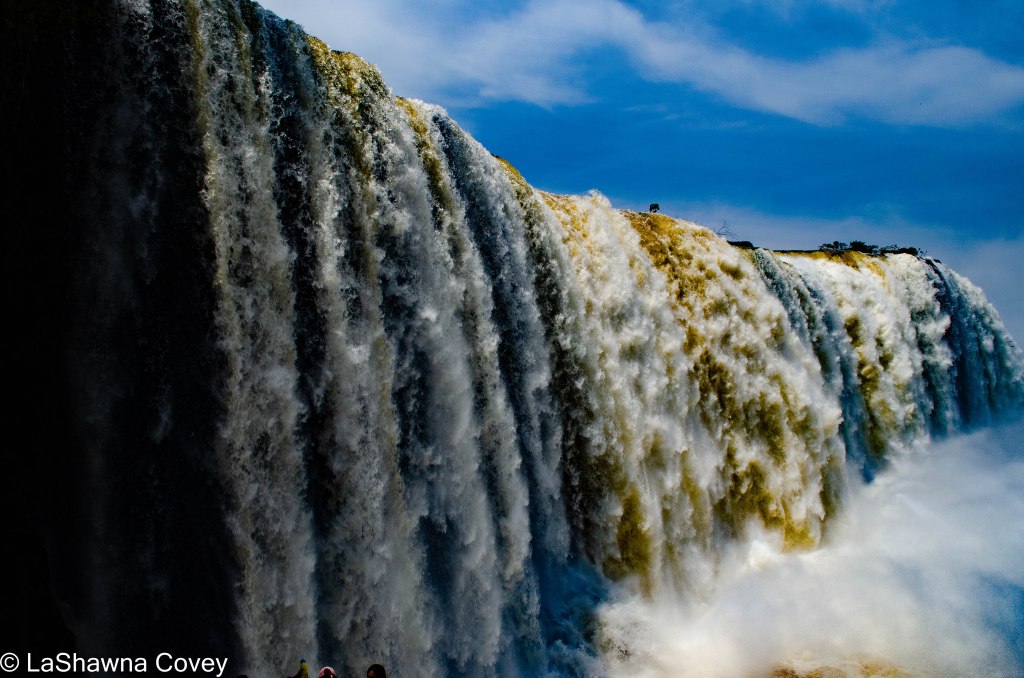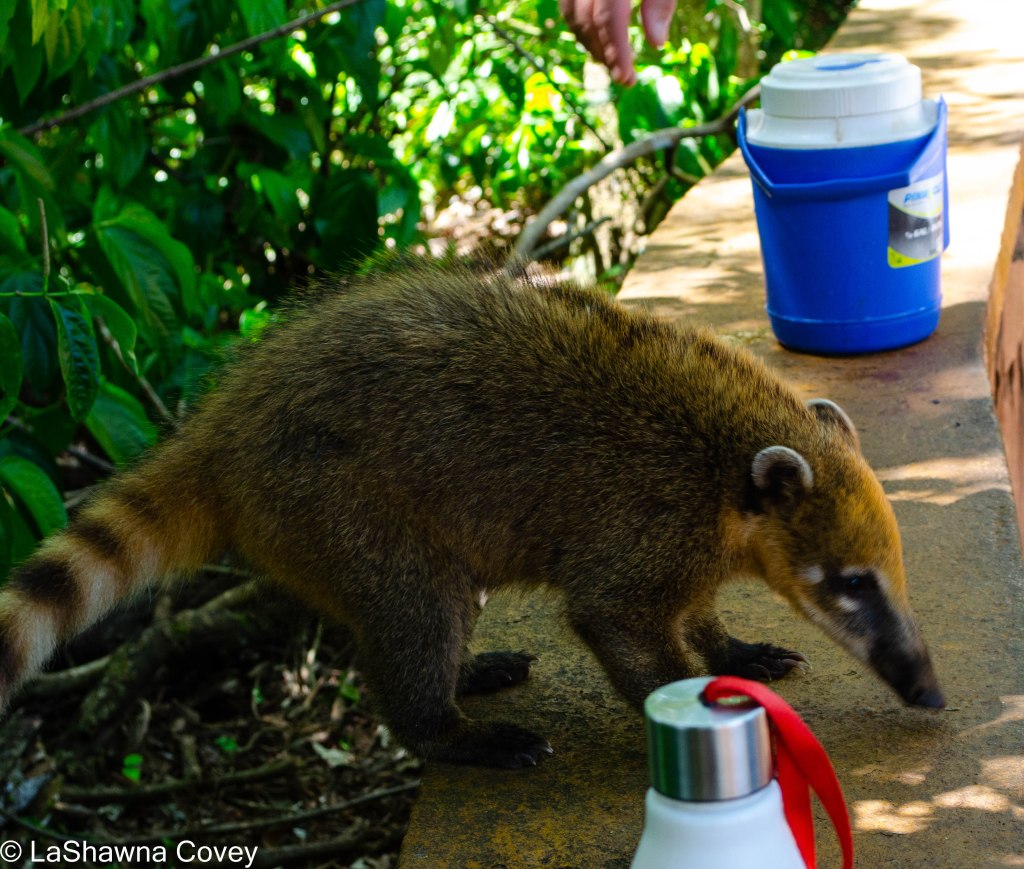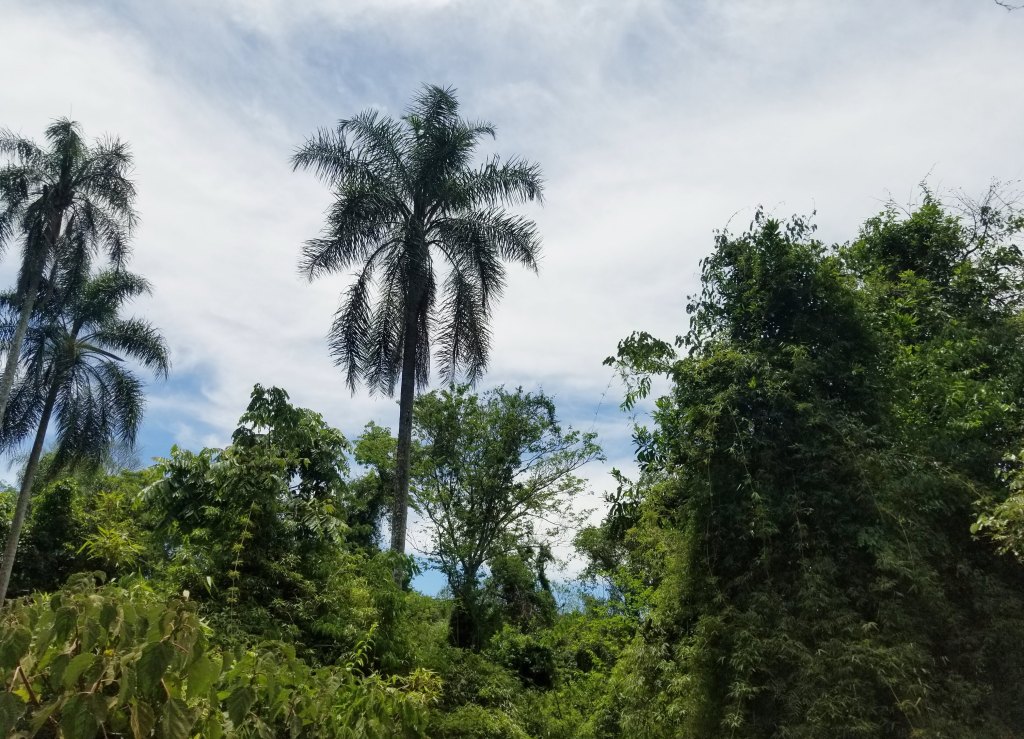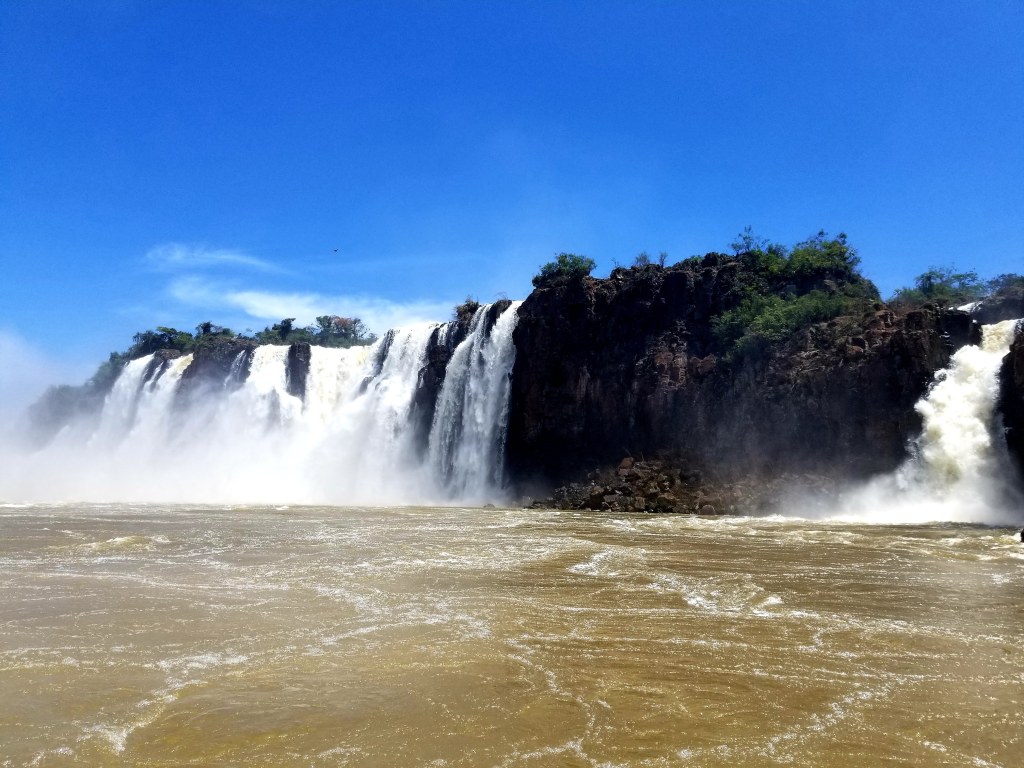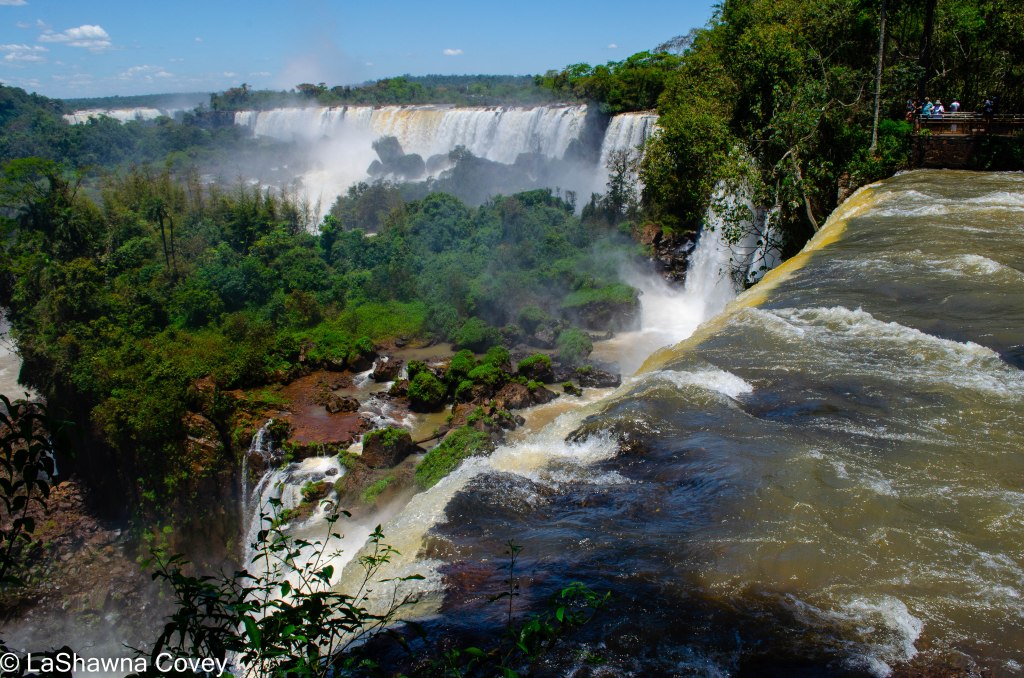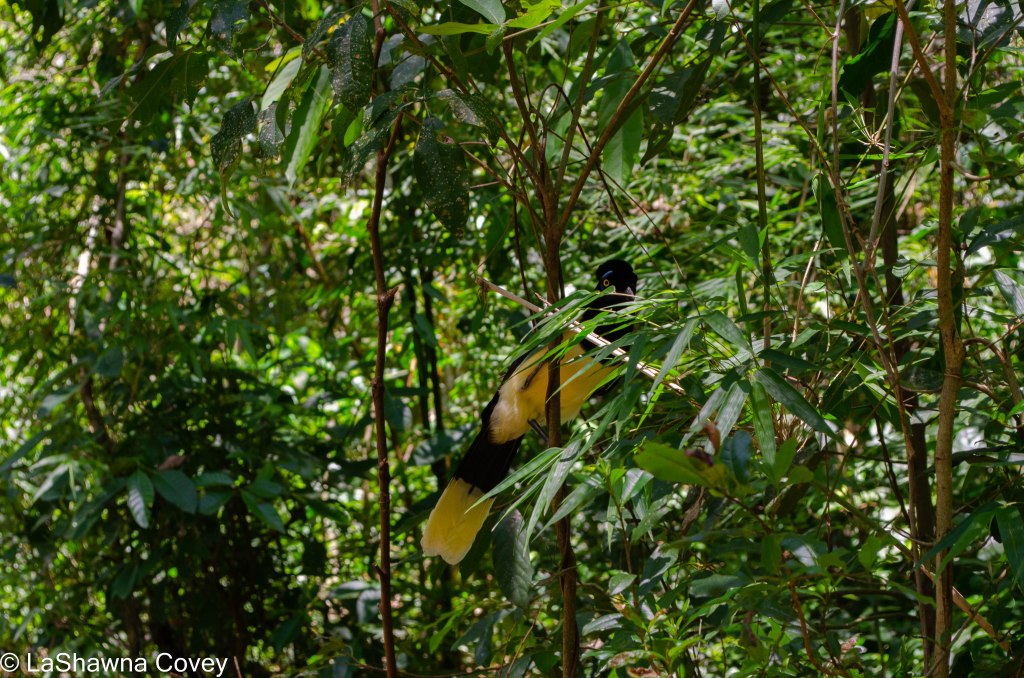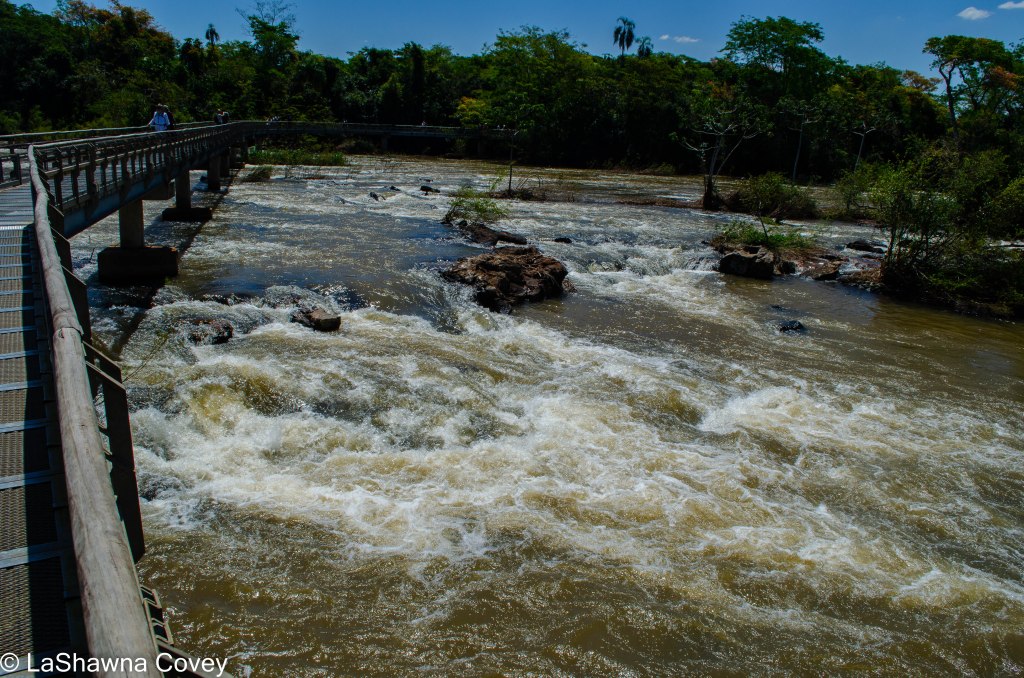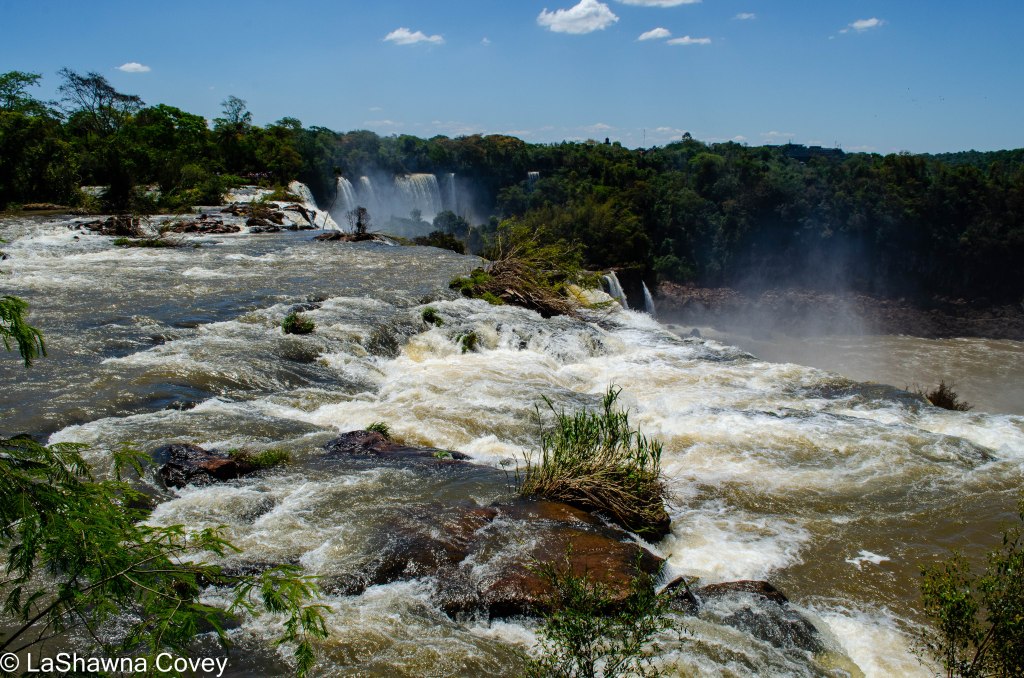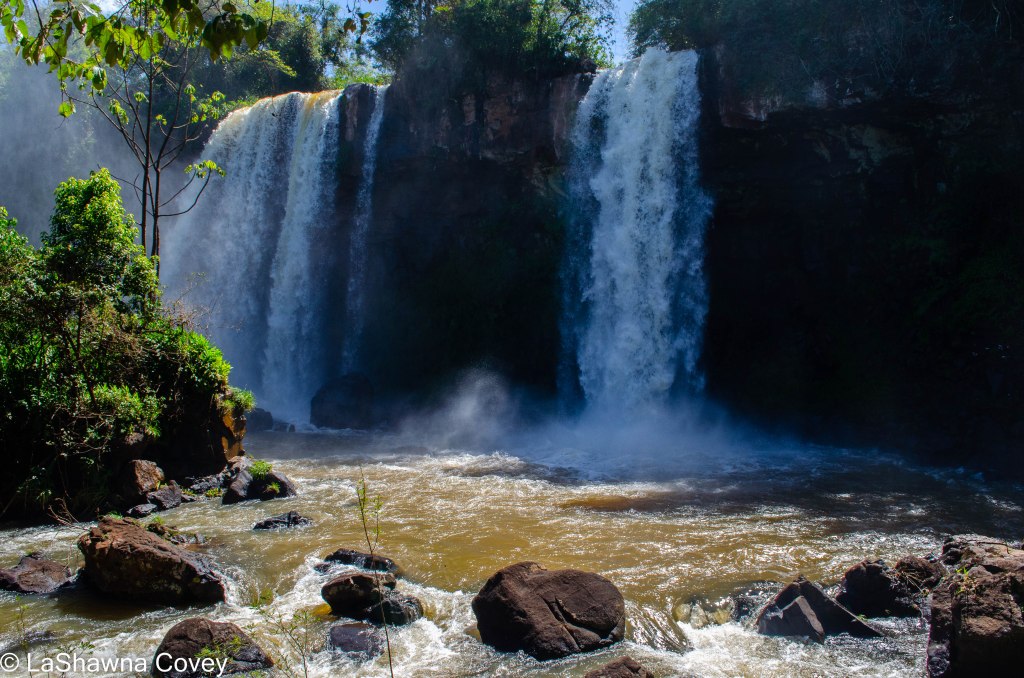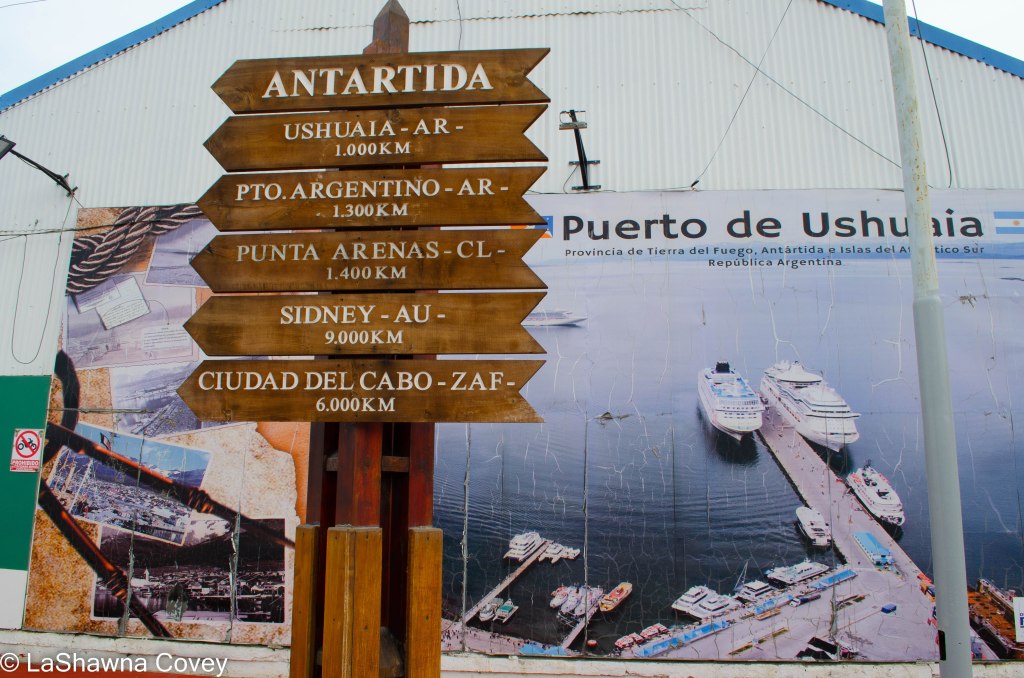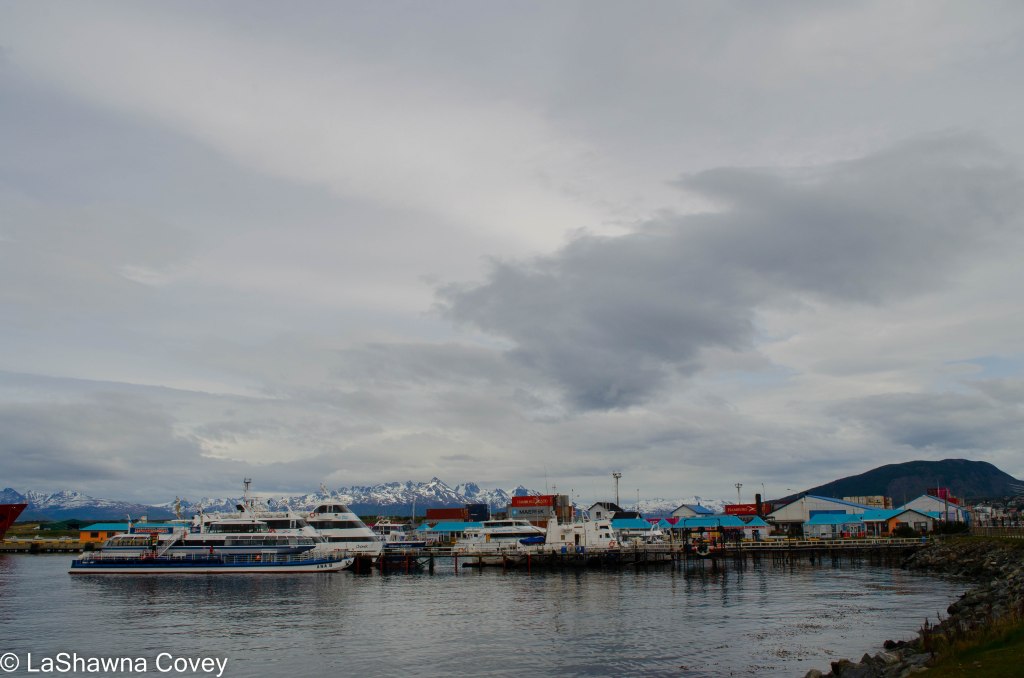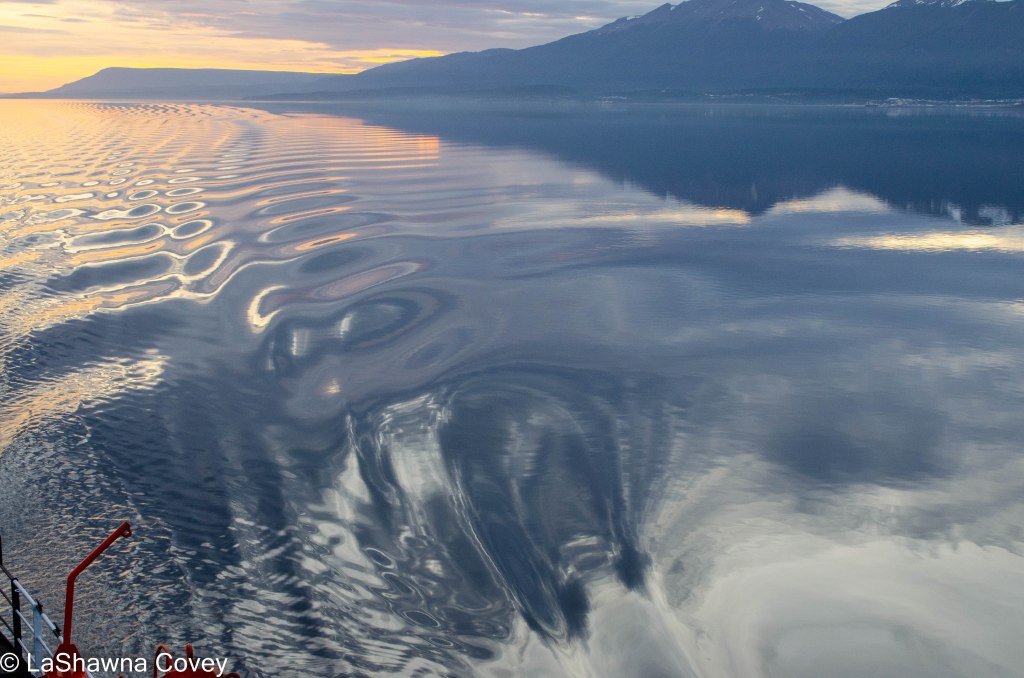
I had been dreaming of visiting Patagonia for years, but it was always Chilean Patagonia I was thinking of. I can’t even remember when exactly, but I know somehow, I stumbled upon Torres del Paine National Park when researching travel, and I was taken by it. Taken by the steep, spiky mountains so unlike the mountains I am used to. The almost sub alpine climate that resulted in wide expanses of land, though punctuated by interesting tree forests. And of course, the lake and glacier views and waterfalls, which go hand in hand with each other. So, I did a lot of reading about Torres del Paine, bought a guide book that incorporated it, and plotted and schemed about when was the best time to go.

I always assumed that a visit to Torres del Paine would be part of a wider trip to Chile. The question was, when to do it, since I have a list of desired travel destinations, that never seems to get shorter, even when I visit places on the list (I just keep finding new places to want to go). A few years ago (in early 2020 so before the pandemic brought international travel crashing down for a couple years), I decided to FINALLY pull the trigger on my long-desired Antarctica cruise. I originally booked a cruise for March 2021, which would put me in Patagonia near the fall. I always wanted to visit Patagonia in the fall, because so many of the most beautiful photos of the area I saw, had the park awash in fall colors, which I love anyway, but look particularly striking contrasted with deep blue lakes and light blue glaciers.
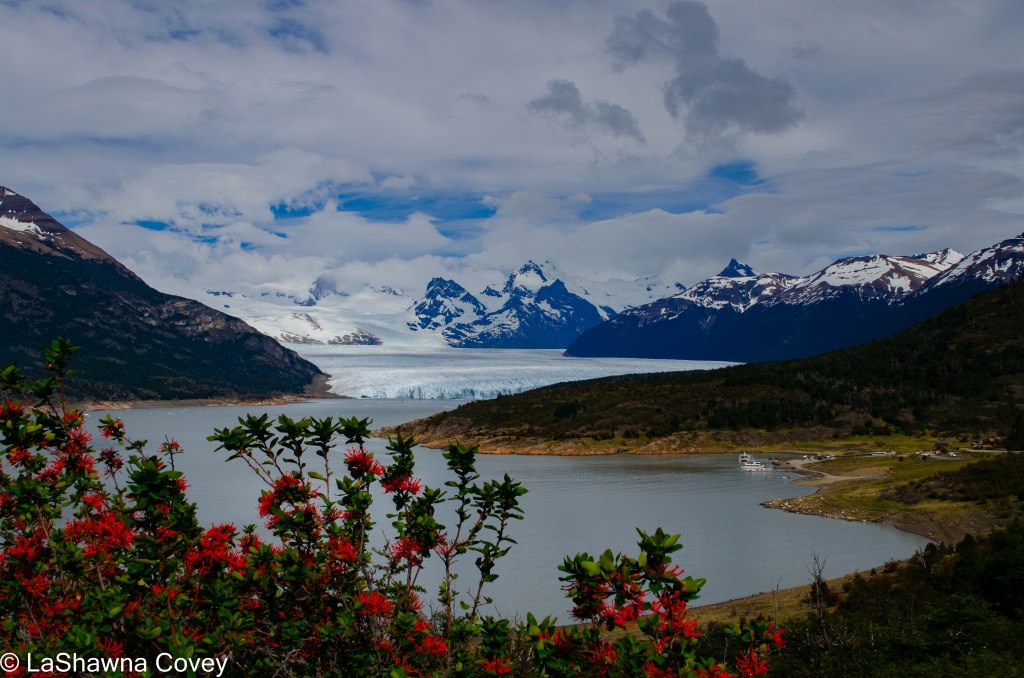
That however conflicted with my desired time to visit Antarctica. As soon as I booked March, I sort of regretted it. I had read March was a decent time to visit, but further readings indicated that because it was the end of the season, all the awe-inspiring icebergs Antarctica is known for have melted, and the penguins have gone back out to sea, leaving behind beaches covered in penguin poop. But as luck would have it, of course my March 2021 trip was canceled, because the pandemic was still roaring around the world. But in having to reschedule, I was able to request November 2021 (which turned into November 2022 when the Antarctica cruising season was delayed because of COVID), which was my desired time to visit Antarctica, because that is spring, so the abundant sea ice hasn’t melted and provides all those amazing views of ice and glaciers I wanted to see.

Of course, that left me with a less preferred time to visit Patagonia. It is unfortunate for my travel desires that Antarctica and Patagonia are the ends of the world, but not in synch with my preferred viewing schedule. Of course, going to Patagonia in the spring is not a bad thing, not by a long shot. The weather is starting to improve, though it is likely to still be windy, and you have spring flowers, like the pretty and fragrant calafate berry. Plus the spring meltoff means that waterfalls are at peak performance. So it’s not like I was put out when I chose my preferred Antarctica trip time over my preferred Patagonia trip time. Patagonia spans two countries, so while I could see Patagonia in the spring in Argentina, nothing would have to stop me from returning to Patagonia in the fall in Chile (as part of a larger Chile trip).

Now granted, I still had my heart set on Torres del Paine when I started doing the serious research for my Antarctica trip. There is a border crossing between Chile and Argentina not far from Torres del Paine. It is not uncommon to visit both places. However, at the time I was booking everything, the land border was still shut. Granted I could still fly to Punta Arenas in Chile from Argentina, but I wanted to visit El Calafate in Argentina as well, because of their famous glaciers. I hemmed and hawed for a while, but what finally tipped the balance in Argentina Patagonia’s favor were two things. The first was cost. Torres del Paine is fairly isolated, and there are hotels in the park, but the nearest town is a decent drive away. Staying in the park is nice and convenient but not cheap. My desired hotel had a four-day package that would cost me as much as my entire two weeks in Argentina was going to cost me. The second thing is that you can get a similar experience in Argentina as in Chile. Sure, the W circuit is very famous in Torres del Paine, but Argentina has their own famous mountain hikes, and the mountains are not so hidden on those hikes. El Chalten in particular has two very famous hikes to the mountains, Laguna Torre hike and Laguna de los Tres hike. Both are easily accessible from the town of El Chalten, and hotels are much more affordable than the ones in Torres del Paine. El Calafate is a great base town to explore a variety of glaciers from the Patagonian Icefield. Since Patagonia spans both Chile and Argentina, you can get similar mountain views, glaciers, lakes, hikes and other activities in both areas. Once I completed my research, I was very confident and secure in my decision to focus on seeing all of Argentinian Patagonia I wanted, with the knowledge I can always see Chilean Patagonia whenever I wanted. And since that trip wouldn’t be tied to an external thing like an Antarctica trip, I could see Patagonia in my favorite season, and indulge in all the fall colors I wished. It would provide a nice contrast to see the two areas in two different seasons.







